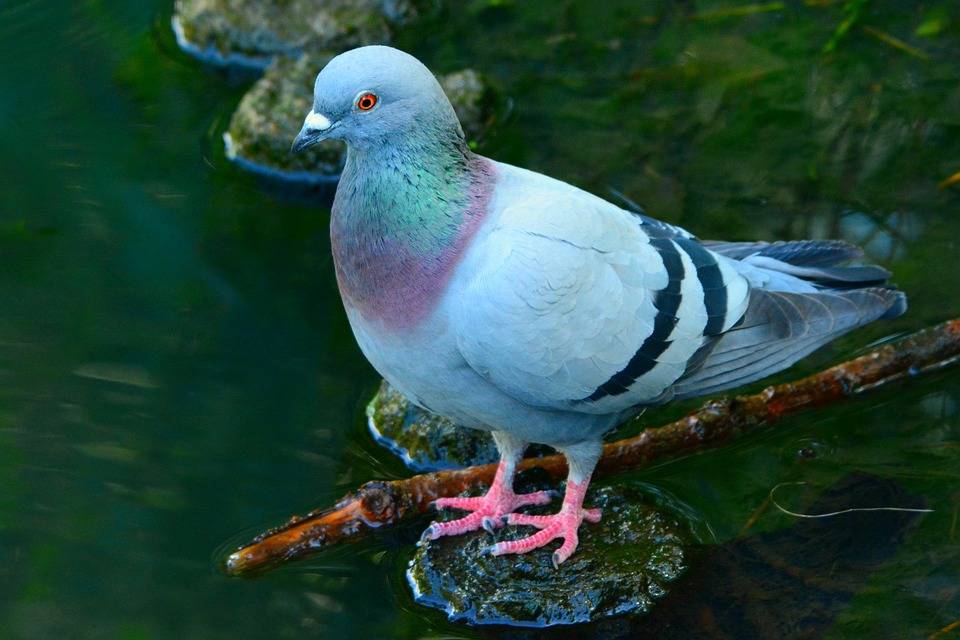The Impact of Bird Droppings in Lexington Kentuckyʼs Public Areas
Description of Bird Droppings
Bird droppings, also known as bird waste or guano, can be commonly found in public areas throughout Lexington, Kentucky. These droppings are a result of birds’ natural bodily functions and consist of a mixture of feces and urine. Bird droppings come in various shapes, sizes, and colors, depending on the species of bird and their diet. They can range from small, scattered spots to larger, more concentrated piles.
Health Hazards
Bird droppings pose several health hazards to the public in Lexington, Kentucky. One of the primary concerns is the potential transmission of diseases and parasites. Birds can carry various pathogens, including bacteria, viruses, and fungi, in their droppings. When these droppings dry up, they can turn into a fine dust that can be inhaled, leading to respiratory issues and allergic reactions.
Furthermore, bird droppings can harbor parasites such as ticks, fleas, and mites. These parasites can infest public areas, posing a risk to humans and other animals. In Lexington, where outdoor activities are common, the presence of bird droppings in parks, playgrounds, and other public spaces increases the chances of exposure to these health risks.
Aesthetic Concerns
Beyond the health hazards, bird droppings also have a negative impact on the aesthetics of Lexington’s public areas. The accumulation of bird droppings on structures, benches, sidewalks, and vehicles creates an unsightly and unclean appearance. This can deter visitors, residents, and tourists from enjoying the beauty of the city and its public spaces.
The discoloration caused by bird droppings can also damage surfaces over time. The high acidity of bird droppings can corrode building materials, including metal and stone. This not only compromises the structural integrity of structures but also adds to the maintenance costs for public facilities in Lexington.
Environmental Impact
Bird droppings can also have a detrimental impact on the environment in Lexington, Kentucky. The high nitrogen content in bird droppings can lead to eutrophication in bodies of water, such as ponds and lakes. This excess nitrogen can cause algal blooms, depleting oxygen levels and harming aquatic life.
Additionally, bird droppings can affect the vegetation in public areas. The high levels of nitrogen and phosphorus in the droppings can cause nutrient imbalances in the soil, leading to the overgrowth of certain plant species and the decline of others. This can disrupt the natural balance of Lexington’s ecosystems, affecting biodiversity and overall ecological health.
Importance of Professional Wildlife Control
Given the significant impact of bird droppings on Lexington Kentuckyʼs public areas, it is crucial to seek professional wildlife control services. Professional wildlife control companies have the expertise, experience, and resources to effectively address the issue of bird droppings.
These experts employ safe and humane methods to deter birds from public areas while ensuring the protection of both human health and the environment. By implementing strategies such as bird deterrent devices, habitat modification, and exclusion techniques, professional wildlife control services can help mitigate the impact of bird droppings on Lexington’s public spaces.
Call for Professional Wildlife Control Services
If you are concerned about the impact of bird droppings in Lexington Kentuckyʼs public areas, it is essential to take action. Contact our professional wildlife control team today to discuss your needs and find effective solutions. Together, we can ensure the cleanliness, safety, and aesthetic appeal of Lexington’s public spaces for all to enjoy.

